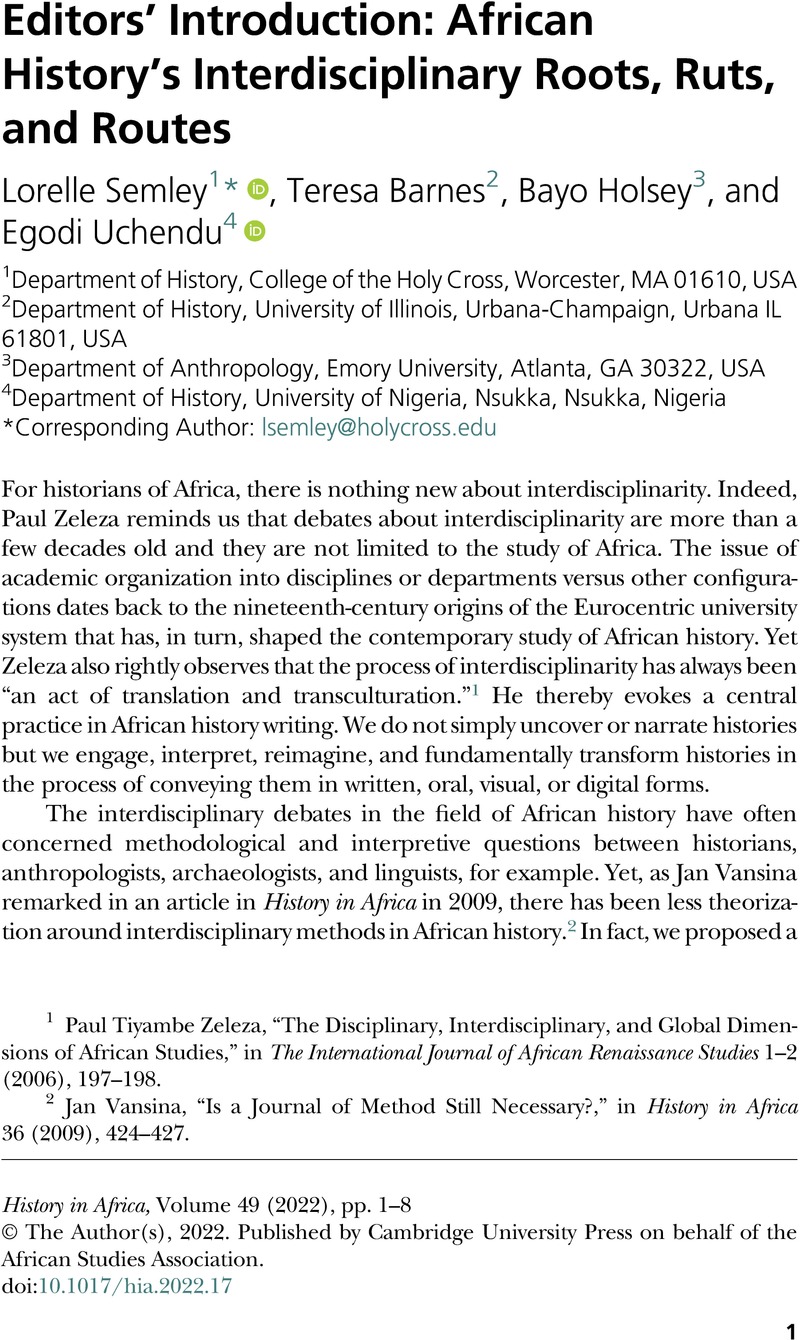Crossref Citations
This article has been cited by the following publications. This list is generated based on data provided by Crossref.
Manias, Chris
2024.
Handbook of the Historiography of the Earth and Environmental Sciences.
p.
1.
Manias, Chris
2024.
Handbook of the Historiography of the Earth and Environmental Sciences.
p.
1.



